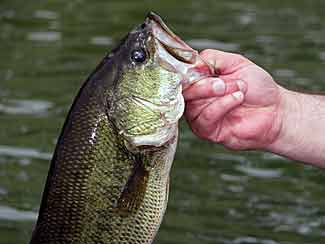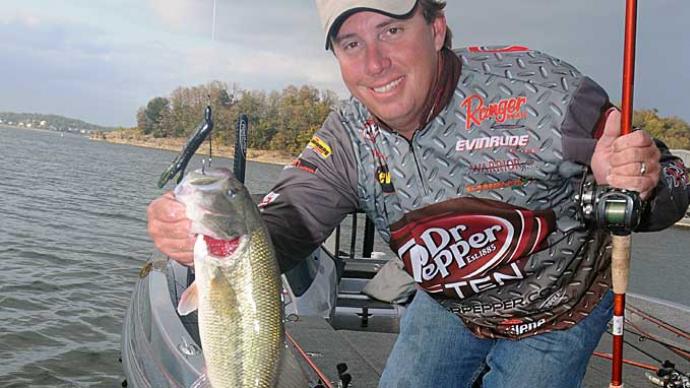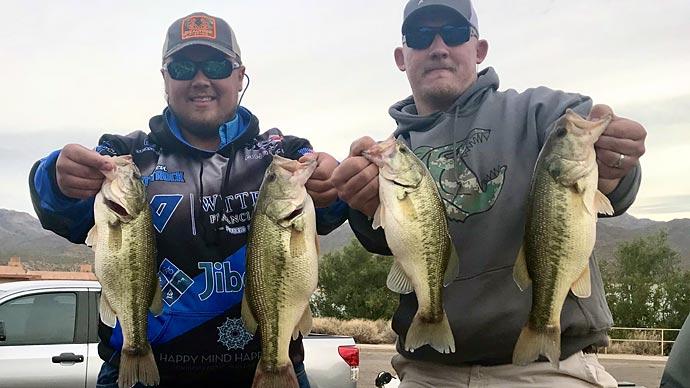
Tell a bass fisherman to keep and eat a bass, and he'll look at you like you just ran over his favorite dog. Remove bass? How politically incorrect.
But, even the father of catch and release, Ray Scott, recognizes the significance of selective harvest. Scott, the founder of B.A.S.S., is a huge believer, especially since he spawned and now manages his own 55-acre trophy bass lake near Montgomery, AL.
"The most overlooked implement in a pond manager's tool kit is harvest," Scott said in a pondside interview at his home in the cradle of Dixie. "Too many pond managers and anglers are afraid if you take out too many fish, there won't be any bass left."
No bass left? That's seldom the case. Can you overharvest? Sure, but if you watch a few key signs, you'll know when to stop.
To set up a bag limit customized for your pond, start by measuring and weighing bass. Compare lengths to weights, and see how your fish compare over time. When you harvest bass, you'll see a difference in growth rates and body conditions of those fish selectively left behind.
Scott has been using selective harvest for years.
"Taking out small bass is the only way we have been able to maintain the quality of our biggest bass he said. Removing small bass reduces competition with bigger fish, but also takes a predator away from the foundation of forage fish.
A 12-inch bass eats 2-to-4 inch bluegill, all day. If those young bluegill can live a bit longer, spawn a few more times, and increase the crop of forage, big bass ultimately benefit.
Big bass eat big meals. But, if intermediate size bass overeat numbers of small forage fish, the only item left on the menu for monster bass is smaller cousins. And, most biologists say, diversity is crucial to the success of a trophy bass lake. Once again, "balance" becomes a key word for pond managers.
To further reduce competition for food, Scott diversifies the forage base.
"We stocked gizzard shad, which helps feed our giant bass, but several times those big silver slabs over-populated, and we had to deal with it," Scott said. "We also stock tilapia, which adds another species of baitfish.
Selective harvest remains the central focus of Scott's management plan.
"We keep the forage fish as plentiful and diverse as we can, but without taking those middle-sized bass out of the system, these other tools wouldn't work nearly as well."
Ask Ray Scott how many mid-size bass to remove, and you might be surprised by the answer: "Take them out til you're scared you've removed too many, then take out 30 percent more."
Bold move by a bold manager. The results are big, bold bass.
Reprinted with permission from Pond Boss Magazine



